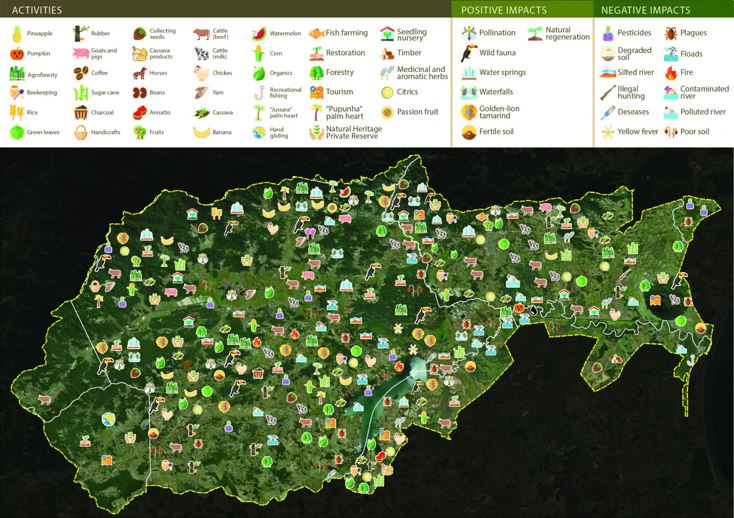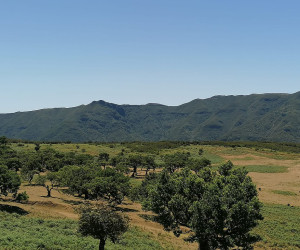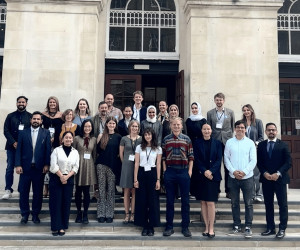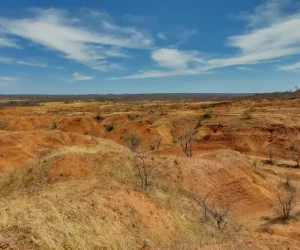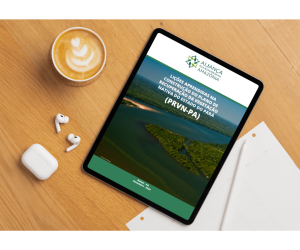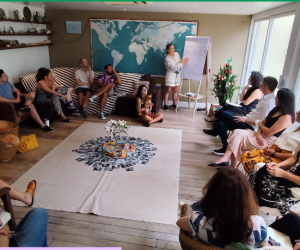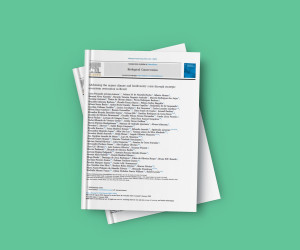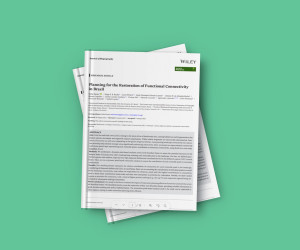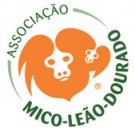Publications > Article
Frontiers in Ecology and Evolution: Local Perception in Forest Landscape Restoration Planning: A Case Study From the Brazilian Atlantic Forest
Understanding local stakeholders’ perception and their relation with the landscape and its natural resources is an important step for successfully implementing Forest Landscape Restoration (FLR). Here, we present a case study on FLR in the context of a global biodiversity hotspot—the Brazilian Atlantic Forest, using a participatory approach to include local stakeholders’ knowledge and perception of the landscape into project planning. We analyzed the land use and cover, and organized a workshop with focus group methodology associated with maps and other visual representations to assess local perceptions of economic activities, production chains and their impacts on the landscape and ecosystem services. The study area encompasses seven municipalities mainly covered by native vegetation and pastures. Despite pastureland being the prominent land use in the region, they are not engaged in associations, most do not live in the region, and few participated in the workshop. Most participants were small and medium-scale landowners involved in agricultural activities who demonstrated a detailed knowledge of the territory, a disposition toward combining conservation with production practices, and a positive perception regarding ecotourism, agroecological approaches, water, and soil conservation. The participatory approach proved effective to complement the initial assessment while revealing novel aspects of the landscape and the landowners, helping test our hypotheses and adjust the engaging narratives for future FLR activities planning in the region, including environmental law compliance. More studies associating social and natural science, including participatory methods and local communities’ perception, are needed to fully comprehend the drivers of stakeholders’ engagement. This case study provides useful insights for other researchers and practitioners to design more effective plans for future land management.
